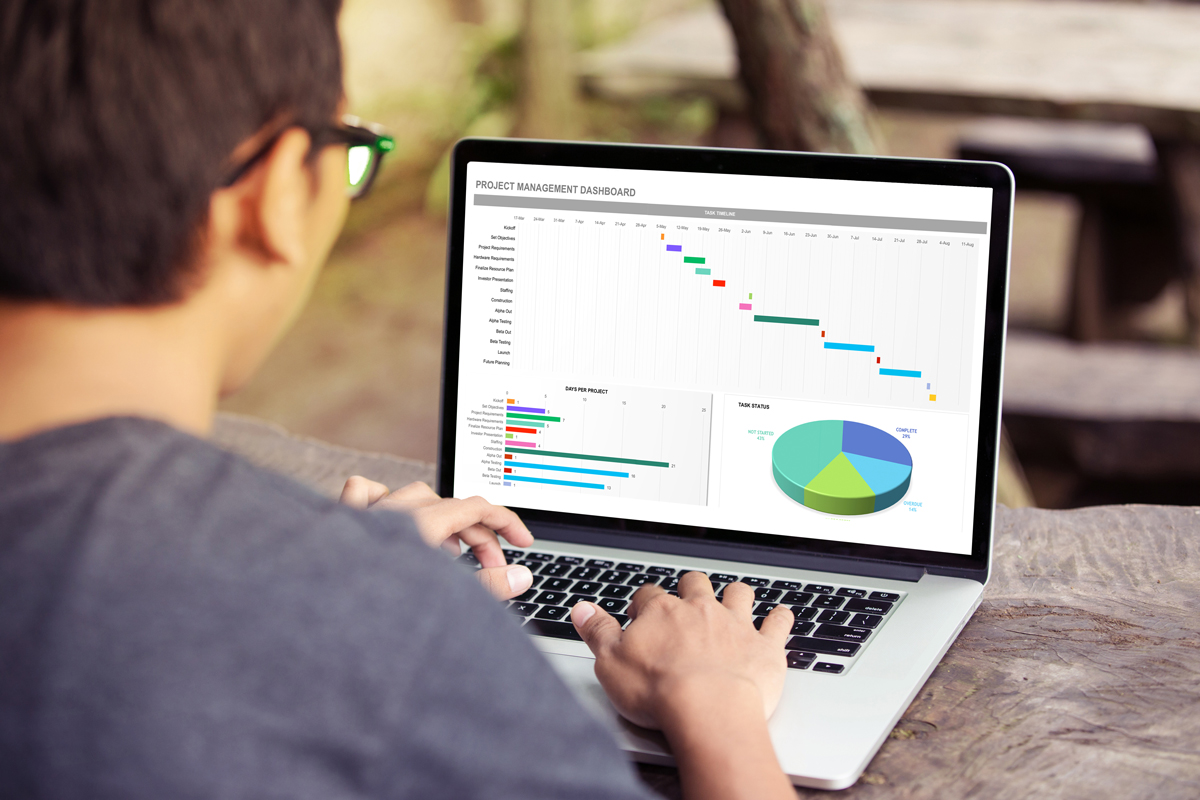Employee management is crucial to a company’s success and profitability. The payroll is constantly changing as employees join and leave the company, but also for regulatory or economic reasons. To keep track of it and adapt resources to the company’s activity and needs, strict workforce management is necessary, even more so in an international context.
HRIS and Excel are often the best allies of HR departments. These tools are well established in companies, but they do not allow for the simple management of all the specificities of organisations:
- access to the HRIS for subsidiaries,
- sharing of indicators via independent files,
- collection processes that differ from one country to another,
- management of languages and currencies,
- management of special cases such as the implementation of teleworking according to profession, country, department, etc.
As a result, workforce monitoring lacks reliability. Alternative solutions are needed.
When inaccurate workforce tracking costs the company money

Number of employees, nature of skills, career development, anticipating the company’s needs… employee management must be considered in the short, medium and long term. Not having reliable monitoring indicators has a direct impact on performance.
Without an overview of available staff, age distribution, internal and external skills, retirements, absenteeism rates and staff turnover, it is difficult to recruit the right profiles, understand areas for improvement and support employees in their career plans. This has an impact on team motivation (lack of resources, overstaffing, unsuitable positions, etc.) and productivity. Workforce monitoring also serves to highlight gender parity and remuneration levels and to adapt an action plan based on the results. It is therefore a crucial process for organisations.
Poor workforce monitoring hinders decision-making and prevents the anticipation of bottlenecks that could impact productivity and profitability in the short and long term (leading to additional costs or lost opportunities).
This imprecise management also impacts the production of the social balance sheet. The latter summarises the key figures needed to understand a company’s social situation. Without proper monitoring of the workforce, it is difficult to establish and communicate the appropriate KPIs. All of this results in wasted time and unnecessary costs for the company.
Tracking staff numbers with Excel: the advantages…
In the context of HR management, Excel remains a tool that offers many advantages:
- Many HR managers know how to use it, so there is no need for training. In addition, everyone has the software on their workstation without any complex deployment. Finally, document sharing is made easy, ensuring that dashboards are distributed to the relevant people (managers who need to fill them in, HR managers for analysis, senior management for reporting, etc.).
- The famous spreadsheet program offers many features. These include the generation of dashboards (with multiple output formats) from cells in the spreadsheet. This means that HR managers do not need to use other software to visually disseminate the results of all subsidiaries and can perform various sorts: by country, by entity, by department, etc.
- Excel allows you to use macros to automate repetitive tasks (conditional locking of certain cells, automatic calculations and checks (% women/men, permanent/fixed-term contracts, etc.), automatic filling, etc.). This saves time and allows you to perform complex processing. These macros are modifiable and can be adapted to changes in HR processes.
Tracking staff numbers with Excel: … but there are also disadvantages
 While Excel’s strengths are well known, it unfortunately has weaknesses that hinder the performance of Human Resources departments that use it extensively, especially when it comes to data collection. These include:
While Excel’s strengths are well known, it unfortunately has weaknesses that hinder the performance of Human Resources departments that use it extensively, especially when it comes to data collection. These include:
- Excel spreadsheets are particularly prone to errors. A study by the University of Hawaii shows that 88% of the spreadsheets studied contained an error. Decision-making is therefore based on false data. This can have significant consequences for workforce management and associated costs.
- Despite efforts to create simple spreadsheets that can be used by HR managers involved in data collection processes, it remains difficult to ensure that the document has not been modified, that all cells are filled in with the correct unit, that there are no duplicates, etc. In addition, this requires the manager concerned to keep a close eye on who has and who has not completed the document, to manually chase up latecomers, etc.
- The use of macros allows certain tasks to be automated, but managing staff numbers using Excel files remains very time-consuming. Entering data for each manager (subsidiary, entity, department, etc.), distributing spreadsheets, following up with respondents (local managers), checking data reliability (gender distribution, contract types, internal mobility, training, etc.), consolidating KPIs, extracting dashboards, etc. takes time! Ultimately, this prevents HR managers from focusing on their core business: analysis and decision-making.
- Excel files do not connect natively with other HRIS tools. To use them, you need to create dedicated interfaces and APIs, and sometimes review formats to be able to import information. Without this, you have to import data by copying and pasting or re-entering it into dedicated applications, wasting time and increasing the risk of errors.
- Finally, Excel is known for being simple. However, the more complex the spreadsheets are, the more difficult they become to manage. Each change affects several cells, making the document unstable. This tool is therefore not suitable for complex processes involving several employees, departments, companies, etc. This is the case for monitoring the workforce of large companies on an international scale.
Staff monitoring: choose an effective solution without starting from scratch

To overcome Excel’s weaknesses, there is an alternative that does not require starting from scratch: Gathering Tools. The software imports existing Excel files with predefined cells (employee personal data, departments, job titles, hierarchical status, training completed, career prospects, remuneration, etc.) while securing them. Its interface is similar to that of the well-known spreadsheet programme, allowing users to quickly get to grips with the tool.
The advantages? The file manager can lock cells that should not be modified, each respondent knows what data they need to enter, inconsistencies are automatically detected (currency, language, cell format, etc.), and the document cannot be sent back until the inconsistencies have been resolved. Each respondent (or local correspondent/manager) works on the same document, eliminating problems with duplicates and versioning. Finally, respondents are automatically reminded if they have not submitted their responses on time.
This means that managers do not waste time and can focus on consolidating and analysing results for better career and employee management and improved business productivity.










